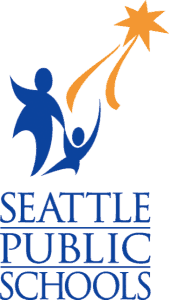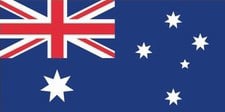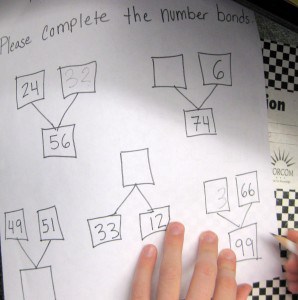Here’s the Proof that Math is Hot These Days
In a contribution to the Washington Post, Dominic Basulto says that Maryam Mirzakhani could do for mathematics what astronaut Sally Ride did for space travel: give young girls a role model for someone they’d like to be when they grow up. The 37-year-old Iranian-born Mirzakhani, a professor of mathematics at Stanford, has been awarded the 2014 Fields Medal–the most prestigious honor in mathematics.
Here is a New York Times article on Mirzakhani’s award.
Kids’ brains reorganize when learning math skills
Stanford University research funded by the National Institutes of Health explains how the brain reorganizes itself as kids learn math.
Healthy children start making that switch between counting to what’s called fact retrieval when they’re 8 years old to 9 years old, when they’re still working on fundamental addition and subtraction. How well kids make that shift to memory-based problem-solving is known to predict their ultimate math achievement.
“Experience really does matter,” said Dr. Kathy Mann Koepke of the National Institutes of Health, which funded the research.






















